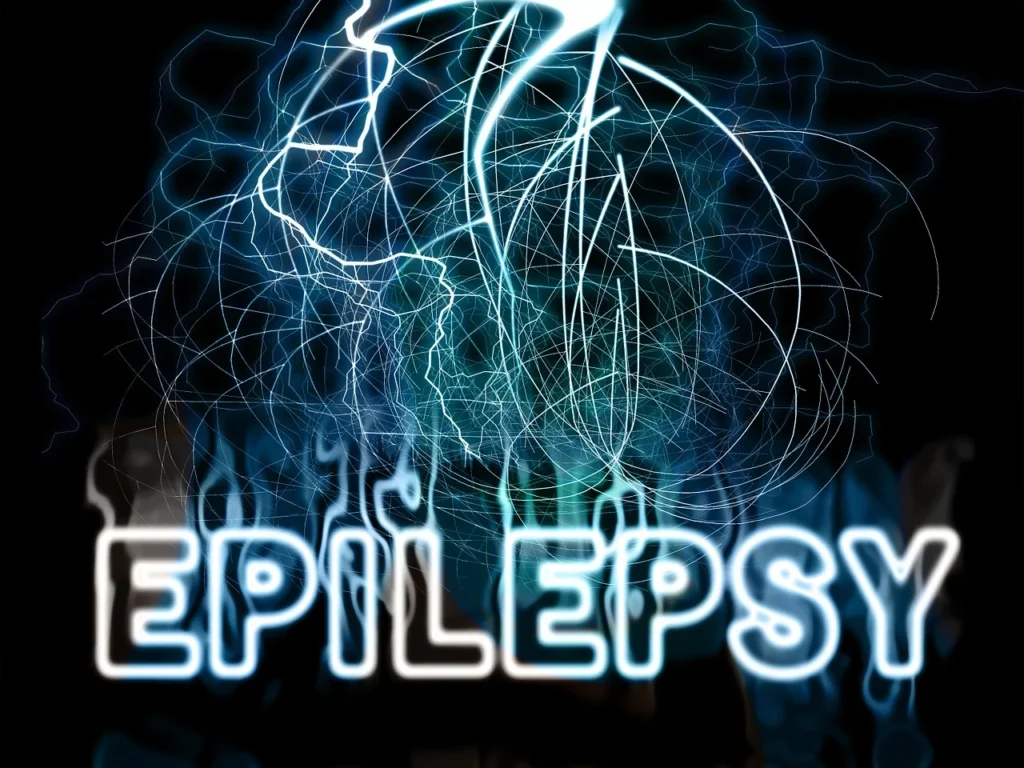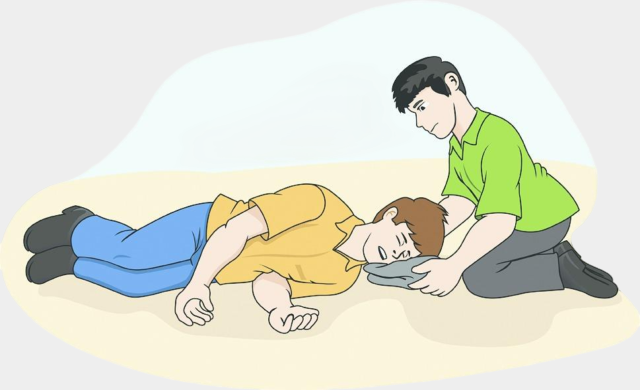Introduction to Maladaptive Behavior
Human behavior is complex and shaped by experiences, personality, and environment. While many behaviors help us adapt and thrive, others can hinder growth and well-being. These harmful patterns are known as maladaptive behaviors.
Maladaptive behavior refers to actions or thought processes that may provide temporary relief but ultimately interfere with personal goals, relationships, and overall mental health. For example, avoiding responsibilities to reduce stress may seem helpful in the moment, but over time it causes greater problems. Understanding maladaptive behavior is essential because it allows us to recognize patterns that prevent progress and replace them with healthier coping mechanisms.

In this article, we will explore the meaning of maladaptive behavior, its traits, real-life examples, and its connection to conditions like ADHD. We will also discuss strategies to identify and manage maladaptive tendencies in daily life.
What Does It Mean if Someone Is Maladaptive?
To be maladaptive means that a person responds to challenges in ways that are counterproductive to long-term success or well-being. Instead of helping them cope with stress or adversity, their behaviors create further complications.
For example:
- A student who fears failure may procrastinate studying. While procrastination reduces short-term anxiety, it increases stress later.
- Someone who struggles with social anxiety may isolate themselves. Isolation brings temporary comfort but leads to loneliness and missed opportunities.
Being maladaptive does not mean a person is “broken” or “incapable.” It simply indicates that their coping methods are not serving them well. The good news is that maladaptive patterns can be recognized and changed with awareness and practice.
What Is an Example of Maladaptive Behavior?
Maladaptive behaviors show up in many forms across different areas of life. Some common examples include:
- Avoidance: Refusing to face fears or responsibilities, such as avoiding medical check-ups out of fear of bad news.
- Substance use: Drinking alcohol or using drugs to escape stress or negative emotions.
- Aggression: Responding with anger or hostility instead of resolving conflict calmly.
- Self-sabotage: Undermining one’s own goals, like not applying for a job due to fear of rejection.
- Compulsive behaviors: Overeating, excessive shopping, or gambling as a way to cope with negative emotions.
These actions often provide a short-term fix but lead to long-term harm. Recognizing them is the first step toward change.
The Five Maladaptive Personality Traits
Psychologists have identified five maladaptive personality traits that describe enduring patterns of unhelpful behavior. These traits are often linked to personality disorders but can also appear in less severe forms.
- Negative Affectivity
- Involves frequent feelings of anxiety, sadness, or irritability.
- Example: A person constantly worries about worst-case scenarios and struggles to stay optimistic.
- Detachment
- Characterized by withdrawal from relationships and social interactions.
- Example: Preferring to remain isolated even when support is available.
- Antagonism
- Refers to hostility, manipulation, or lack of empathy toward others.
- Example: Someone who constantly criticizes or undermines others to feel superior.
- Disinhibition
- Involves impulsivity and lack of self-control.
- Example: Engaging in reckless spending or risky behaviors without considering consequences.
- Psychoticism
- Reflects unusual thoughts, perceptions, or behaviors detached from reality.
- Example: Believing in unrealistic ideas or having difficulty distinguishing between reality and imagination.
Together, these traits illustrate how maladaptive behavior can become deeply ingrained, influencing personality and decision-making.
Is ADHD a Maladaptive Behavior?
ADHD (Attention-Deficit/Hyperactivity Disorder) is not a maladaptive behavior—it is a neurodevelopmental disorder. However, people with ADHD may display maladaptive behaviors if they lack proper coping strategies.

For instance:
- Difficulty focusing may lead to procrastination.
- Impulsivity may result in reckless decision-making.
- Hyperactivity may cause challenges in structured environments.
These behaviors are symptoms of ADHD, not signs of moral weakness. With support, treatment, and coping tools, individuals with ADHD can develop adaptive behaviors that help them thrive.
Causes of Maladaptive Behavior
Maladaptive behaviors usually develop as responses to life stressors. Some common causes include:
- Psychological factors: Trauma, unresolved conflict, or unprocessed emotions.
- Environmental factors: Toxic relationships, high-pressure workplaces, or unstable family environments.
- Learned behaviors: Imitating maladaptive coping styles from parents or peers.
- Biological influences: Genetics, chemical imbalances, or underlying mental health conditions.
Often, maladaptive behavior is not a conscious choice but a survival mechanism. It becomes problematic when it is the default way of handling stress.
Impact of Maladaptive Behavior on Mental Health
Maladaptive behavior takes a toll on mental health and overall quality of life. Some impacts include:
- Increased anxiety and depression: Avoidance or unhealthy coping can worsen mental health issues.
- Strained relationships: Aggression, detachment, or manipulation may push loved ones away.
- Workplace difficulties: Procrastination or poor emotional regulation can affect performance and career growth.
- Lower self-esteem: Repeated failures due to maladaptive choices reinforce negative self-beliefs.
In severe cases, maladaptive patterns can contribute to clinical disorders, making early recognition and intervention crucial.
How to Recognize Maladaptive Patterns in Daily Life
Recognizing maladaptive behavior requires honest self-reflection. Ask yourself:
- Do my coping strategies solve problems long-term, or do they create more issues?
- Do I avoid situations instead of confronting them?
- Do I rely on unhealthy habits (e.g., alcohol, overeating) to manage stress?
- Do my actions harm my relationships or personal goals?
Keeping a journal of daily behaviors and emotions can also reveal recurring maladaptive patterns.
Healthy Alternatives and Coping Strategies
The good news is that maladaptive behaviors can be replaced with adaptive ones. Here are some healthier strategies:
- Cognitive-Behavioral Techniques (CBT): Challenge negative thoughts and replace them with realistic, positive ones.
- Mindfulness and relaxation: Practice meditation, deep breathing, or yoga to manage stress.
- Problem-solving skills: Break challenges into smaller, manageable steps instead of avoiding them.
- Emotional regulation: Identify triggers and practice expressing feelings in constructive ways.
- Seeking support: Talking to a trusted friend, family member, or therapist.
- Healthy routines: Exercise, balanced diet, and good sleep habits help reduce reliance on harmful coping.
By shifting from maladaptive to adaptive strategies, people can reduce stress, improve relationships, and enhance overall well-being.
Conclusion
Maladaptive behavior may feel like a natural response to stress, but it often prevents growth and happiness. Whether it appears as avoidance, aggression, or unhealthy coping habits, these behaviors only offer temporary relief while fueling long-term challenges.
Understanding maladaptive personality traits, recognizing patterns in daily life, and learning adaptive coping strategies are crucial steps toward personal development. ADHD and other conditions may influence maladaptive tendencies, but with awareness and support, healthier alternatives are always possible.
By making small, consistent changes, anyone can shift from maladaptive patterns to adaptive behaviors that encourage resilience, well-being, and success.



